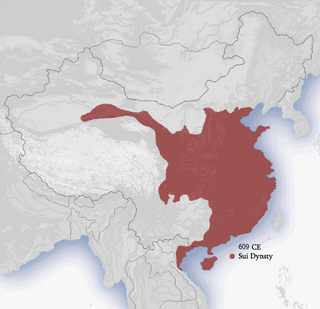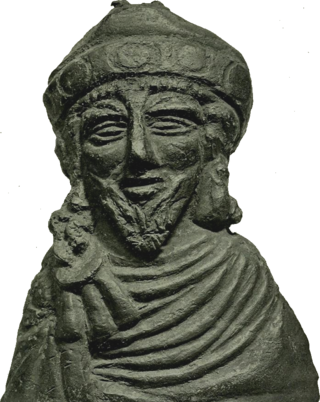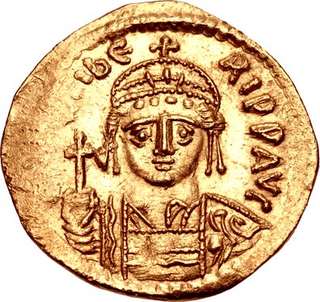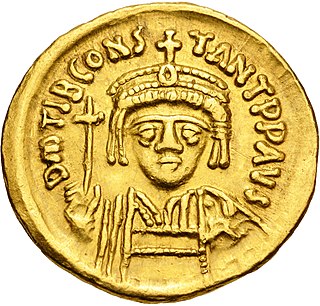The 610s decade ran from January 1, 610, to December 31, 619.
The 530s decade ran from January 1, 530, to December 31, 539.
The 510s decade ran from January 1, 510, to December 31, 519.
The 550s decade ran from January 1, 550, to December 31, 559.
The 560s decade ran from January 1, 560, to December 31, 569.
The 570s decade ran from January 1, 570, to December 31, 579.
The 580s decade ran from January 1, 580, to December 31, 589.
The 590s decade ran from January 1, 590, to December 31, 599.

Year 602 (DCII) was a common year starting on Monday of the Julian calendar. The denomination 602 for this year has been used since the early medieval period, when the Anno Domini calendar era became the prevalent method in Europe for naming years.

Year 577 (DLXXVII) was a common year starting on Friday of the Julian calendar. The denomination 577 for this year has been used since early medieval times, when the Anno Domini calendar era became the prevalent method in Europe for naming years.

Year 581 (DLXXXI) was a common year starting on Wednesday of the Julian calendar. The denomination 581 for this year has been used since the early medieval period, when the Anno Domini calendar era became the prevalent method in Europe for naming years.

Year 588 (DLXXXVIII) was a leap year starting on Thursday of the Julian calendar. The denomination 588 for this year has been used since the early medieval period, when the Anno Domini calendar era became the prevalent method in Europe for naming years.

Year 565 (DLXV) was a common year starting on Thursday of the Julian calendar. The denomination 565 for this year has been used since the early medieval period, when the Anno Domini calendar era became the prevalent method in Europe for naming years.

Phocas was Byzantine emperor from 602 to 610. Initially a middle-ranking officer in the Eastern Roman army, Phocas rose to prominence as a spokesman for dissatisfied soldiers in their disputes with the court of the Emperor Maurice. When the army revolted in 602, Phocas emerged as the natural leader of the mutiny. The revolt proved to be successful and led to the capture of Constantinople and the overthrow of Maurice on 23 November 602, with Phocas declaring himself emperor the same day.
Year 580 (DLXXX) was a leap year starting on Monday of the Julian calendar. The denomination 580 for this year has been used since the early medieval period, when the Anno Domini calendar era became the prevalent method in Europe for naming years.

Maurice was Byzantine emperor from 582 to 602 and the last member of the Justinian dynasty. A successful general, Maurice was chosen as heir and son-in-law by his predecessor Tiberius II.

Tiberius II Constantine was Eastern Roman emperor from 574 to 582. Tiberius rose to power in 574 when Justin II, prior to a mental breakdown, proclaimed him caesar and adopted him as his own son. In 578, the dying Justin II gave him the title of augustus, thus becoming co-emperor alongside him. Tiberius became sole ruler less than two weeks later, assuming the regnal name of "Constantine" under which he reigned until his death.
This is an alphabetical index of people, places, things, and concepts related to or originating from the Byzantine Empire. Feel free to add more, and create missing pages. You can track changes to the articles included in this list from here.
Justinian was a Byzantine aristocrat and general, and a member of the ruling Justinian dynasty. As a soldier, he had a distinguished career in the Balkans and in the East against Sassanid Persia. In his later years, he plotted unsuccessfully against regent and later emperor Tiberius II.
The 600s decade ran from January 1, 600, to December 31, 609.








